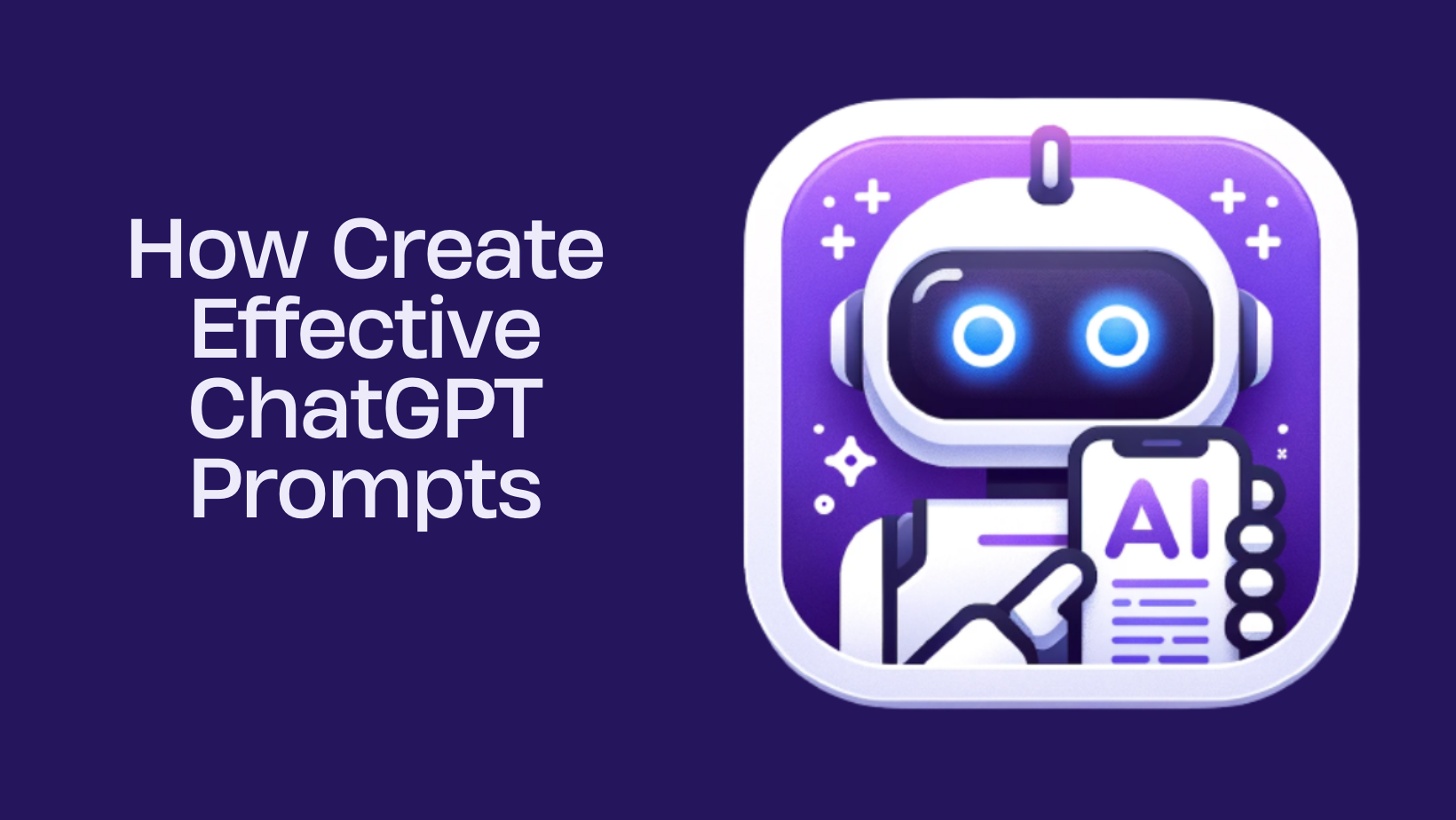For those new to this realm, a prompt is the specific directive or command you provide to a generative AI tool to evoke a particular response. A common mistake many make is giving a vague or overly brief instruction. This often leads the AI to fill in the gaps, potentially yielding undesired outcomes. It’s essential to recognize the principle of “garbage-in, garbage-out.” The more precise and well-thought-out your input, the more aligned the output will be to your expectations. That’s where the craft of prompt engineering shines, enabling users to extract the exact responses they seek.
What is Prompt Engineering?
Think of prompt engineering as fine-tuning your command. For instance, instead of a generic request, a detailed one might look like this:
I want you to act as a blog post title writer that speaks and writes fluent English. Based on the keyword I provided: [PROMPT].Please write 10 blog post titles blog. They should all have a hook and high potential to go viral on social media. Analyze and sort by title attractiveness from high to low.
In this example, instead of a general request like ‘write 10 blog titles,’ I have modified the prompt to include specific requirements for the resulting output:
- All titles should have a hook and a high potential to go viral on social media.
- Titles should be analyzed and sorted by attractiveness from high to low.
The Significance of Context Windows in Generative AI
A context window in generative AI represents the AI’s short-term memory within an ongoing conversation. In tools like GPT-4, this memory can span up to 24,000 words or 32,000 tokens, equivalent to about 48 pages. Maintaining context continuity is crucial. If you change topics within a session, prior interactions influence subsequent responses. Hence, for distinct topics, it’s advisable to initiate new chat sessions.
Create the Perfect Prompt
The anatomy of a proficient prompt generally consists of:
- Role: Who is the responder? A specific individual? A professional? Defining this sets the context.
- Context: Contextual backdrop. For example, is it a screenwriter plotting a twist, or a chef explaining a recipe?
- Guidelines: What needs to be in the output? A particular format, titles, or specific details?
- Format: The nature of the reply. Is it a tweet, book chapter, or a blog entry?
- Examples: While optional, providing examples can steer the AI towards the desired result.
- Constraints: Parameters or specifics to adhere to or avoid.
For instance:
“I want you to act as an SEO expert with 10 years of experience.
Blog post title writer that speaks and writes fluent English. Based on the keyword I provided: [PROMPT].
Please write 10 blog post titles blog. They should all have a hook and high potential to go viral on social media. Analyze and sort by title attractiveness from high to low. Provide only the results, no need for explanations.”
Role: Who is the responder?
SEO expert with 10 years of experience.
Context: Blog post title writer that speaks and writes fluent English
Guidelines: What’s expected in the response?
All titles have a hook and high potential to go viral on social media.
Analyze and sort by title attractiveness from high to low.
Format: Write Blog post title.
Constraints: Provide only the results; no need for explanations.
In conclusion, perfecting the art of prompt crafting can significantly enhance your interaction with generative AI. Remember, the clearer your instruction, the better the outcome.

